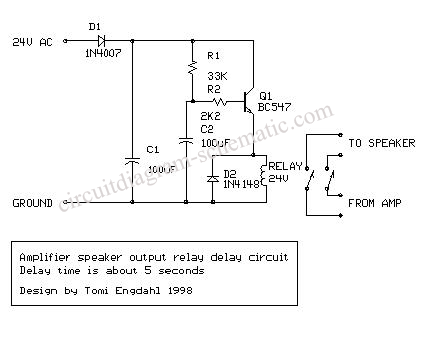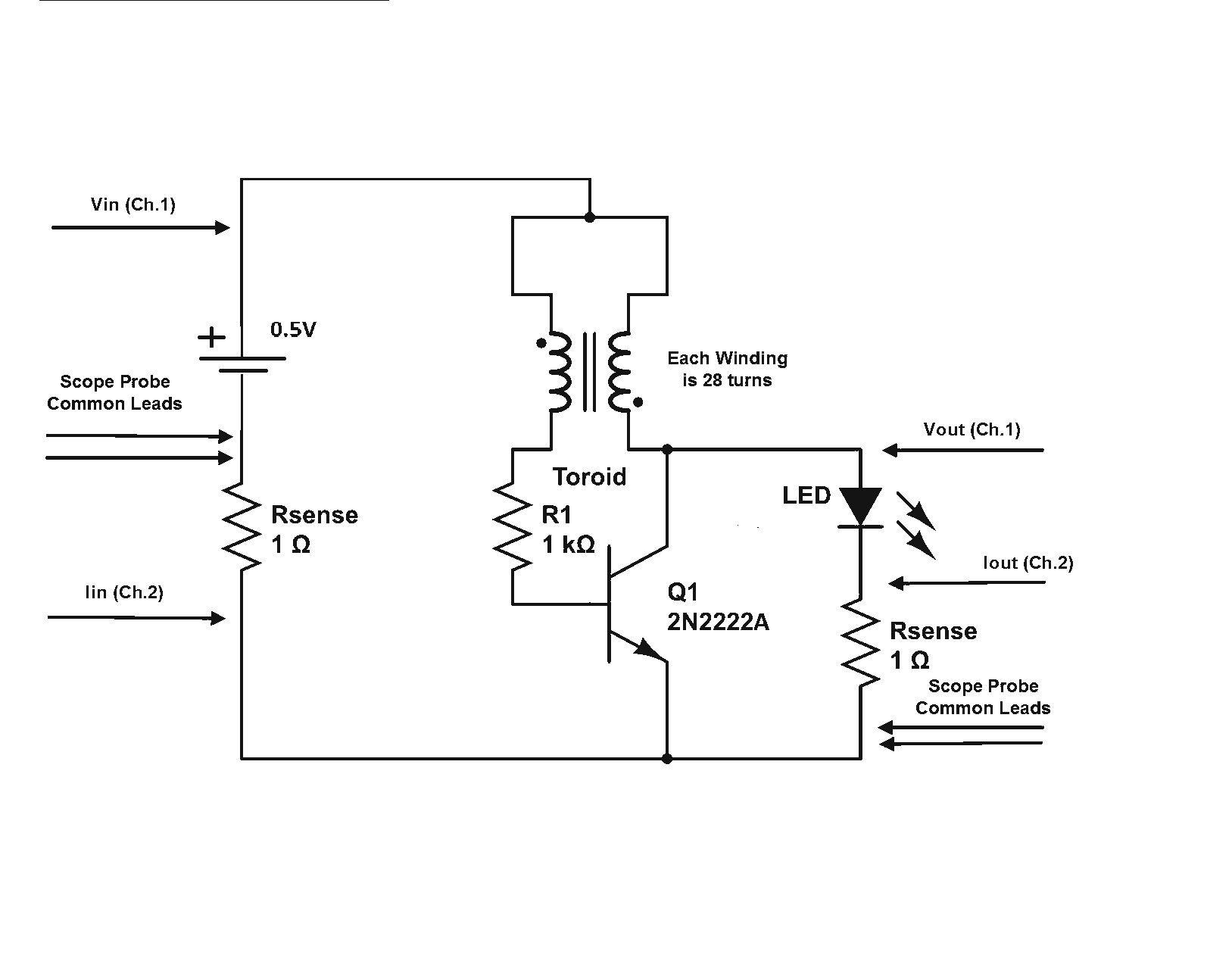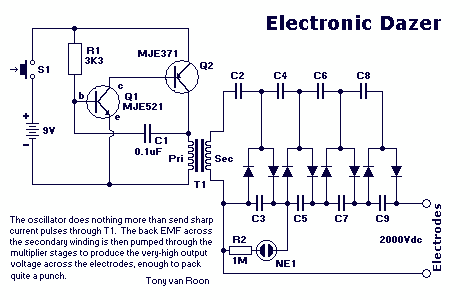
Circuit Delay and Speakers Protektor Using TL071

The circuit-delay relay for speakers serves as a delay mechanism that prevents the immediate activation of speakers when the amplifier is powered on. This feature is designed to protect the speakers from potential damage caused by sudden power surges. The schematic diagram associated with this circuit illustrates its configuration. One of the key benefits of this design is that it disconnects the speakers from the amplifier in the event of a short circuit, thereby safeguarding the speakers from overheating. The delay time is approximately 5 seconds, which can be adjusted by replacing capacitor C2 with one of a smaller capacitance value. The relay will re-engage approximately 0.5 seconds after power is cut off.
The circuit-delay relay for speakers is an essential component in audio systems, particularly to enhance the longevity of speaker systems by preventing damage due to immediate power application. When the amplifier is turned on, the relay remains open for a predetermined delay period, allowing the amplifier to stabilize before connecting the speakers. This is crucial in avoiding the 'thump' sound that can occur when speakers are powered on too quickly, which can lead to physical damage over time.
The schematic typically includes a relay, a resistor, and capacitors, with C2 being the primary component for time adjustment. The relay is selected based on the current and voltage ratings suitable for the specific speaker and amplifier configuration. The resistor limits the current flowing through the relay coil, ensuring that it operates within safe parameters.
In the event of a short circuit between the amplifier and the speakers, the relay is designed to disconnect the speakers almost instantaneously, providing a layer of protection against potential hazards such as overheating or fire. The circuit's delay mechanism can be tailored to specific requirements by adjusting the capacitance of C2, allowing for flexibility in different audio setups.
Overall, the circuit-delay relay circuit is a practical solution for enhancing the reliability and safety of audio systems, making it a valuable addition for both amateur and professional audio engineers.Circuit-delay relay circuit speakers is useful as a delaying / delay on the speaker that functions as a deterrent to prevent pounding of the very first amplifier is turned on. This aims to avoid memperawet speakers easily damaged. The following is a schematic drawing : This series also has advantages, namely: the case of speakers konsleting relat
ionship with amplifier circuit will be disconnected immediately, so that the speaker is safe from kebakaran. waktu waiting or delay time is approximately 5 seconds, and can be altered by changing the condenser C2 with elco smaller value.
The time needed to re-open relay if the current cut off about 0. 5 seconds. Or you can try to use the circuit scheme below: 🔗 External reference
The circuit-delay relay for speakers is an essential component in audio systems, particularly to enhance the longevity of speaker systems by preventing damage due to immediate power application. When the amplifier is turned on, the relay remains open for a predetermined delay period, allowing the amplifier to stabilize before connecting the speakers. This is crucial in avoiding the 'thump' sound that can occur when speakers are powered on too quickly, which can lead to physical damage over time.
The schematic typically includes a relay, a resistor, and capacitors, with C2 being the primary component for time adjustment. The relay is selected based on the current and voltage ratings suitable for the specific speaker and amplifier configuration. The resistor limits the current flowing through the relay coil, ensuring that it operates within safe parameters.
In the event of a short circuit between the amplifier and the speakers, the relay is designed to disconnect the speakers almost instantaneously, providing a layer of protection against potential hazards such as overheating or fire. The circuit's delay mechanism can be tailored to specific requirements by adjusting the capacitance of C2, allowing for flexibility in different audio setups.
Overall, the circuit-delay relay circuit is a practical solution for enhancing the reliability and safety of audio systems, making it a valuable addition for both amateur and professional audio engineers.Circuit-delay relay circuit speakers is useful as a delaying / delay on the speaker that functions as a deterrent to prevent pounding of the very first amplifier is turned on. This aims to avoid memperawet speakers easily damaged. The following is a schematic drawing : This series also has advantages, namely: the case of speakers konsleting relat
ionship with amplifier circuit will be disconnected immediately, so that the speaker is safe from kebakaran. waktu waiting or delay time is approximately 5 seconds, and can be altered by changing the condenser C2 with elco smaller value.
The time needed to re-open relay if the current cut off about 0. 5 seconds. Or you can try to use the circuit scheme below: 🔗 External reference





